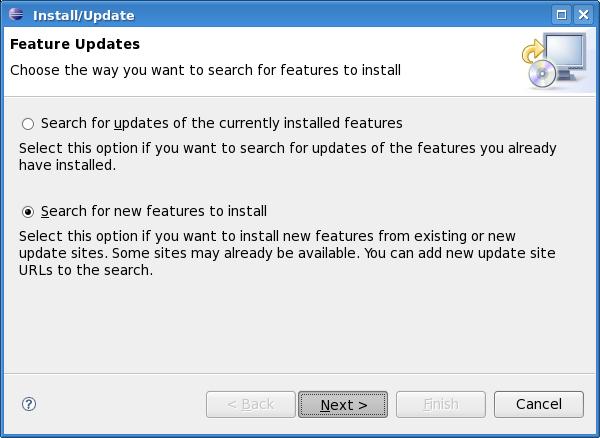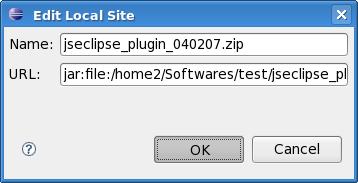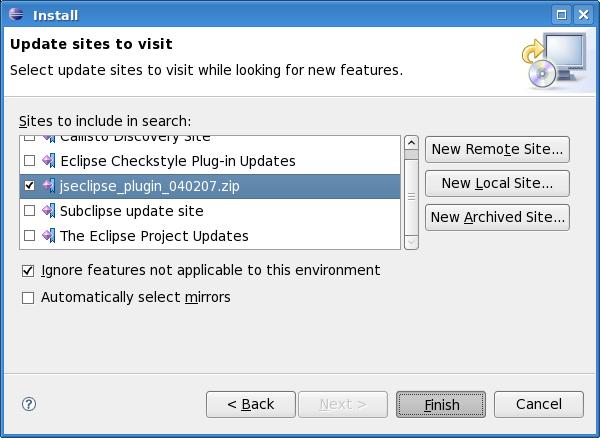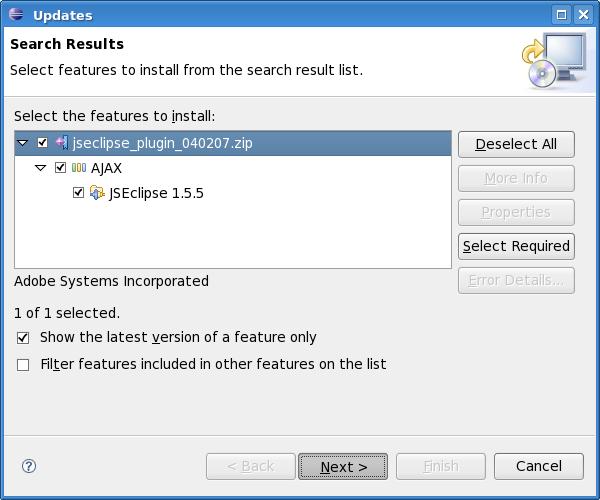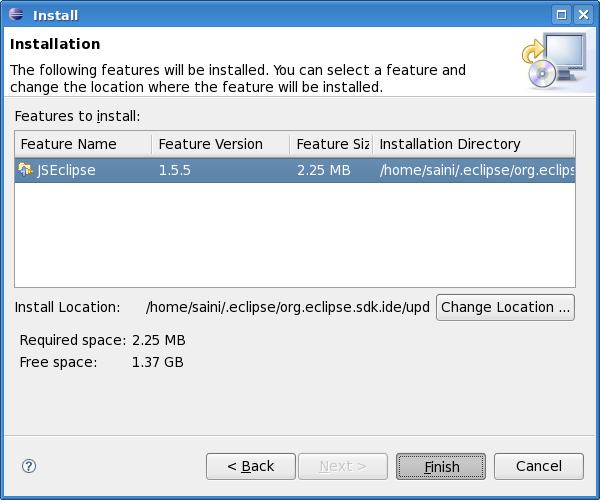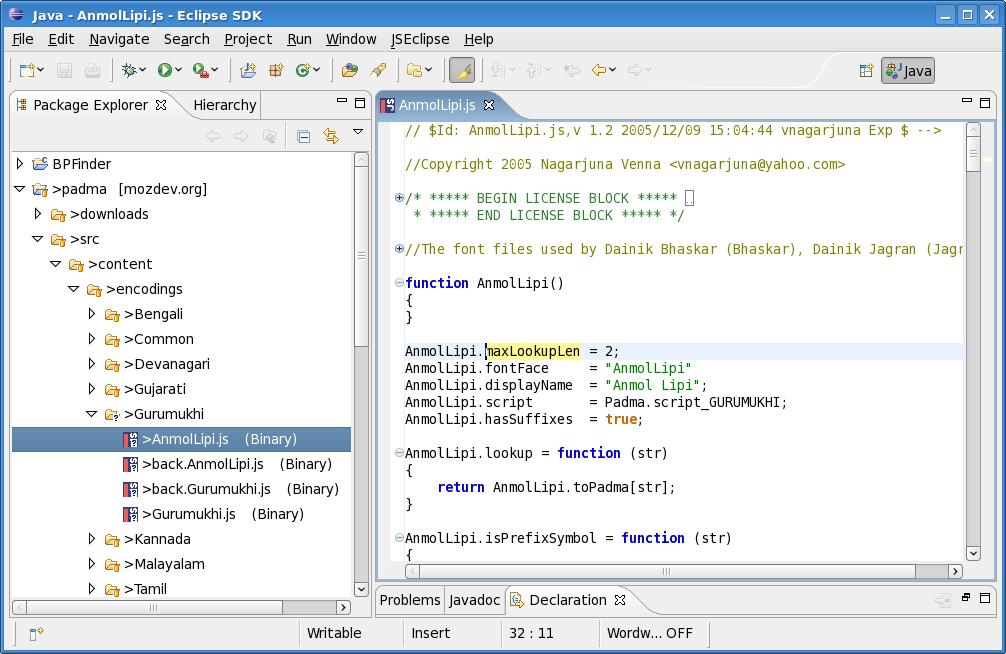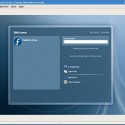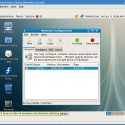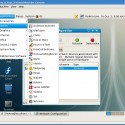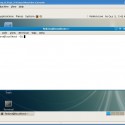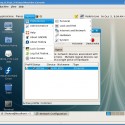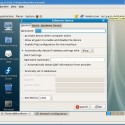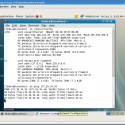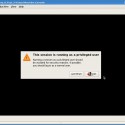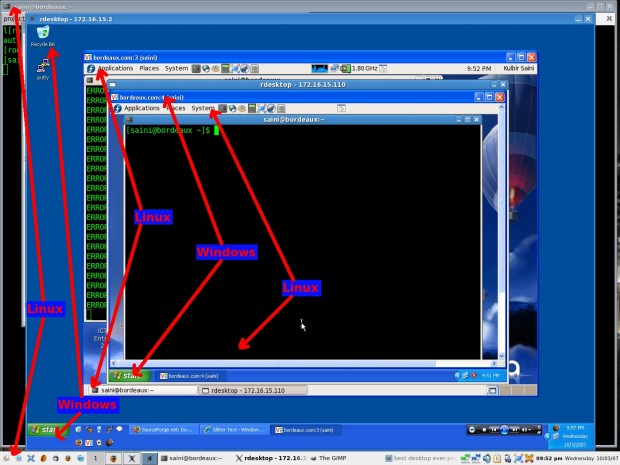I have decided to stick with Fedora 7 due to the bad experience with Fedora 8 last night and also the difficulties in moving the servers to new os that I am running on Fedora 7. As I wanted to work with Padma in my spare time, so need a good IDE that can handle project in a nice way and can help me to import the cvs from repos online. So, is there any choice I have. There is one and only one – The Eclipse. Some people call it – programming paradise. Some may disagree to that and some other may say that Vim is best to program. I also use Vim quite often and in fact 90% of the time I do so. But using Vim looks confusing when the size of the project is beyond certain extent.
Anyway, here I am going to discuss how to install Eclipse in Fedora 7 because its not there by default. There are two approaches. One is extremely simple and other is extremely difficult.
Approach 1
Use yum do install eclipse. Just issue ‘yum install eclipse-*’ and it’ll be done automatically. But this method takes a very long time as yum will sequentially download the packages and dependencies and its very slow.
Approach 2
If I have a good bandwidth, then I’ll download all the packages and resolve the dependencies myself. But resolving dependencies will be frustrating enough that anyone will switch back to slow yum. But due to certain reasons which I suspect to be memory leaks by Firefox and other apps, my system was damn slow and yum could not do anything even after 10 minutes. It was not even able to download the package list.
So, I decided to download all the packages and install them. I download all the eclipse packages and their dependencies manually and installed it successfully. Here is the list of packages and dependencies so that you need not do rpm -ivh a 100 times 🙂 All these dependencies are available on rpmfind.net and packages can be fetched from any fedora mirror. These are tested on Fedora 7.
Packages
1
2
3
4
5
6
7
8
9
10
11
12
13
14
15
16
| eclipse-cdt-3.1.2-8.fc7.i386.rpm
eclipse-cdt-sdk-3.1.2-8.fc7.i386.rpm
eclipse-checkstyle-4.0.1-6.fc7.i386.rpm
eclipse-ecj-3.2.2-15.fc7.i386.rpm
eclipse-jdt-3.2.2-15.fc7.i386.rpm
eclipse-jdt-sdk-3.2.2-15.fc7.i386.rpm
eclipse-pde-3.2.2-15.fc7.i386.rpm
eclipse-pde-runtime-3.2.2-15.fc7.i386.rpm
eclipse-pde-sdk-3.2.2-15.fc7.i386.rpm
eclipse-platform-3.2.2-15.fc7.i386.rpm
eclipse-platform-sdk-3.2.2-15.fc7.i386.rpm
eclipse-rcp-3.2.2-15.fc7.i386.rpm
eclipse-rcp-sdk-3.2.2-15.fc7.i386.rpm
eclipse-sdk-3.2.2-15.fc7.i386.rpm
eclipse-subclipse-1.2.4-2.fc7.i386.rpm
eclipse-subclipse-book-1.2.4-2.fc7.i386.rpm |
eclipse-cdt-3.1.2-8.fc7.i386.rpm
eclipse-cdt-sdk-3.1.2-8.fc7.i386.rpm
eclipse-checkstyle-4.0.1-6.fc7.i386.rpm
eclipse-ecj-3.2.2-15.fc7.i386.rpm
eclipse-jdt-3.2.2-15.fc7.i386.rpm
eclipse-jdt-sdk-3.2.2-15.fc7.i386.rpm
eclipse-pde-3.2.2-15.fc7.i386.rpm
eclipse-pde-runtime-3.2.2-15.fc7.i386.rpm
eclipse-pde-sdk-3.2.2-15.fc7.i386.rpm
eclipse-platform-3.2.2-15.fc7.i386.rpm
eclipse-platform-sdk-3.2.2-15.fc7.i386.rpm
eclipse-rcp-3.2.2-15.fc7.i386.rpm
eclipse-rcp-sdk-3.2.2-15.fc7.i386.rpm
eclipse-sdk-3.2.2-15.fc7.i386.rpm
eclipse-subclipse-1.2.4-2.fc7.i386.rpm
eclipse-subclipse-book-1.2.4-2.fc7.i386.rpm
Dependencies
1
2
3
4
5
6
7
8
9
10
11
12
13
14
15
16
17
18
19
20
21
22
23
24
25
26
27
28
29
30
31
32
33
34
35
36
37
38
39
40
41
42
| ant-1.6.5-4jpp.2.fc7.i386.rpm
ant-antlr-1.6.5-4jpp.2.fc7.i386.rpm
ant-apache-bcel-1.6.5-4jpp.2.fc7.i386.rpm
ant-apache-log4j-1.6.5-4jpp.2.fc7.i386.rpm
ant-apache-oro-1.6.5-4jpp.2.fc7.i386.rpm
ant-apache-regexp-1.6.5-4jpp.2.fc7.i386.rpm
ant-apache-resolver-1.6.5-4jpp.2.fc7.i386.rpm
ant-commons-logging-1.6.5-4jpp.2.fc7.i386.rpm
ant-javadoc-1.6.5-4jpp.2.fc7.i386.rpm
ant-javamail-1.6.5-4jpp.2.fc7.i386.rpm
ant-jdepend-1.6.5-4jpp.2.fc7.i386.rpm
ant-jsch-1.6.5-4jpp.2.fc7.i386.rpm
ant-junit-1.6.5-4jpp.2.fc7.i386.rpm
antlr-2.7.7-1jpp.2.i386.rpm
antlr-javadoc-2.7.7-1jpp.2.i386.rpm
ant-nodeps-1.6.5-4jpp.2.fc7.i386.rpm
ant-swing-1.6.5-4jpp.2.fc7.i386.rpm
ant-trax-1.6.5-4jpp.2.fc7.i386.rpm
avalon-logkit-1.2-4jpp.5.fc7.i386.rpm
checkstyle-4.1-4jpp.1.fc7.noarch.rpm
checkstyle-optional-4.1-4jpp.1.fc7.noarch.rpm
ganymed-ssh2-210-5.fc7.i386.rpm
jakarta-commons-beanutils-javadoc-1.7.0-5jpp.1.i386.rpm
jakarta-commons-cli-1.0-6jpp_10.fc6.i386.rpm
jakarta-commons-dbcp-1.2.1-10jpp.1.fc7.i386.rpm
jakarta-commons-lang-2.1-6jpp.1.fc7.i386.rpm
jakarta-commons-pool-1.3-9jpp.2.fc7.1.i386.rpm
java-1.5.0-gcj-javadoc-1.5.0.0-14.fc7.i386.rpm
jdepend-2.6-6jpp.1.i386.rpm
jdom-1.0-4jpp.1.i386.rpm
jsch-0.1.28-1jpp.6.i386.rpm
junit-3.8.2-3jpp.1.fc7.i386.rpm
jzlib-1.0.7-4jpp.1.i386.rpm
libswt3-gtk2-3.2.2-15.fc7.i386.rpm
lucene-1.4.3-1jpp.18.i386.rpm
lucene-devel-1.4.3-1jpp.18.i386.rpm
subversion-1.4.4-1.fc7.i386.rpm
subversion-javahl-1.4.4-1.fc7.i386.rpm
svnkit-1.1.4-2.fc7.i386.rpm
velocity-1.4-6jpp.1.i386.rpm
werken.xpath-0.9.4-0.beta.8jpp.noarch.rpm
xml-commons-apis-javadoc-1.3.03-0jpp.1.fc7.i386.rpm |
ant-1.6.5-4jpp.2.fc7.i386.rpm
ant-antlr-1.6.5-4jpp.2.fc7.i386.rpm
ant-apache-bcel-1.6.5-4jpp.2.fc7.i386.rpm
ant-apache-log4j-1.6.5-4jpp.2.fc7.i386.rpm
ant-apache-oro-1.6.5-4jpp.2.fc7.i386.rpm
ant-apache-regexp-1.6.5-4jpp.2.fc7.i386.rpm
ant-apache-resolver-1.6.5-4jpp.2.fc7.i386.rpm
ant-commons-logging-1.6.5-4jpp.2.fc7.i386.rpm
ant-javadoc-1.6.5-4jpp.2.fc7.i386.rpm
ant-javamail-1.6.5-4jpp.2.fc7.i386.rpm
ant-jdepend-1.6.5-4jpp.2.fc7.i386.rpm
ant-jsch-1.6.5-4jpp.2.fc7.i386.rpm
ant-junit-1.6.5-4jpp.2.fc7.i386.rpm
antlr-2.7.7-1jpp.2.i386.rpm
antlr-javadoc-2.7.7-1jpp.2.i386.rpm
ant-nodeps-1.6.5-4jpp.2.fc7.i386.rpm
ant-swing-1.6.5-4jpp.2.fc7.i386.rpm
ant-trax-1.6.5-4jpp.2.fc7.i386.rpm
avalon-logkit-1.2-4jpp.5.fc7.i386.rpm
checkstyle-4.1-4jpp.1.fc7.noarch.rpm
checkstyle-optional-4.1-4jpp.1.fc7.noarch.rpm
ganymed-ssh2-210-5.fc7.i386.rpm
jakarta-commons-beanutils-javadoc-1.7.0-5jpp.1.i386.rpm
jakarta-commons-cli-1.0-6jpp_10.fc6.i386.rpm
jakarta-commons-dbcp-1.2.1-10jpp.1.fc7.i386.rpm
jakarta-commons-lang-2.1-6jpp.1.fc7.i386.rpm
jakarta-commons-pool-1.3-9jpp.2.fc7.1.i386.rpm
java-1.5.0-gcj-javadoc-1.5.0.0-14.fc7.i386.rpm
jdepend-2.6-6jpp.1.i386.rpm
jdom-1.0-4jpp.1.i386.rpm
jsch-0.1.28-1jpp.6.i386.rpm
junit-3.8.2-3jpp.1.fc7.i386.rpm
jzlib-1.0.7-4jpp.1.i386.rpm
libswt3-gtk2-3.2.2-15.fc7.i386.rpm
lucene-1.4.3-1jpp.18.i386.rpm
lucene-devel-1.4.3-1jpp.18.i386.rpm
subversion-1.4.4-1.fc7.i386.rpm
subversion-javahl-1.4.4-1.fc7.i386.rpm
svnkit-1.1.4-2.fc7.i386.rpm
velocity-1.4-6jpp.1.i386.rpm
werken.xpath-0.9.4-0.beta.8jpp.noarch.rpm
xml-commons-apis-javadoc-1.3.03-0jpp.1.fc7.i386.rpm
So, be sure to fetch the dependencies first. Hope that helps.

